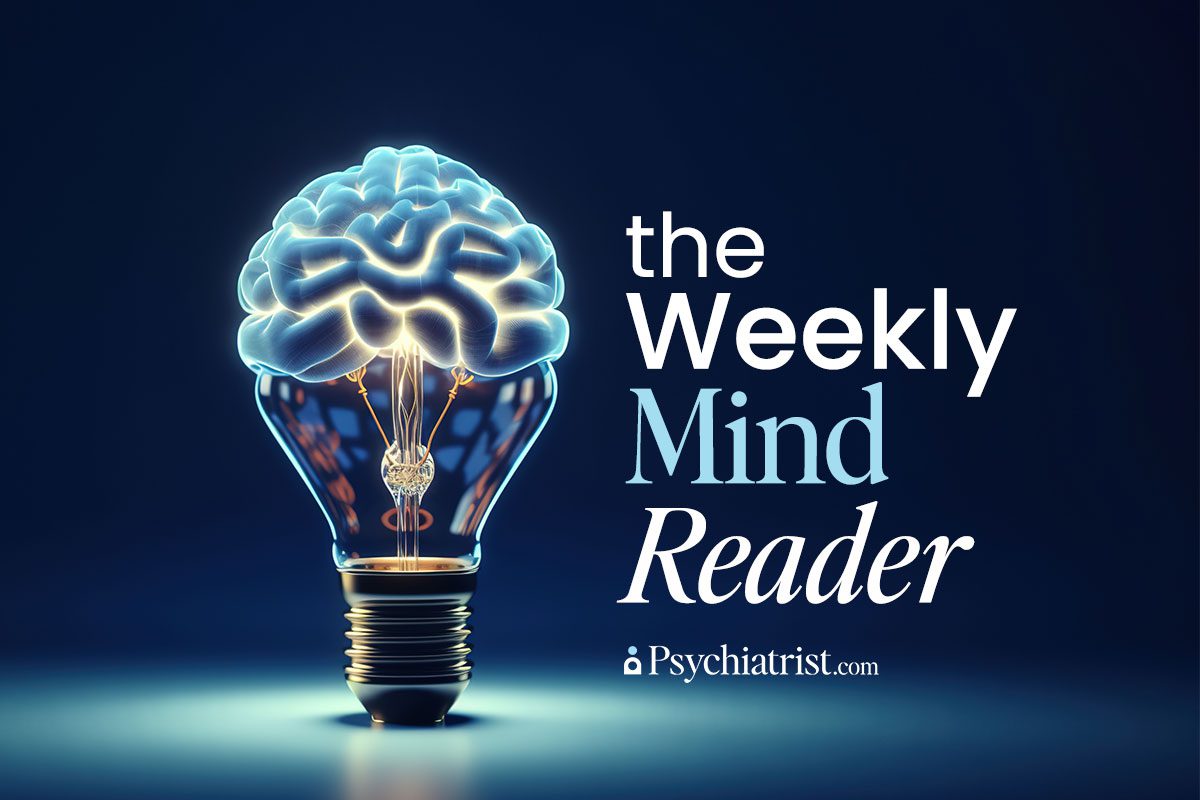Post-traumatic stress disorder doesn’t confine itself to combat veterans and adult survivors of abuse, domestic violence, and natural disasters. It persists as a concern among kids exposed to traumatic events such as abuse, domestic violence, and natural disasters – among other things. Even though less than 16 percent of children who live through trauma develop PTSD, recent research has hinted at additional risk factors. While interpersonal trauma remains one of the strongest indicators, others include low social support, social withdrawal, and intense fear.
Now, a new PTSD study reveals that traumatic childhood events – such as family stress, community violence, and certain individual vulnerabilities – can all play a part in the development of the condition. Working with a nationwide sample of Danish children born between 1984 and 1994, the researchers combed through data on 7- to 18-year-olds.
They discovered a 2.3 percent lifetime prevalence of PTSD in school-age kids. Although they added that the figure is probably low because of a dearth of hospital diagnostic records. Crucial PTSD indicators include neurodevelopmental disorders, as well as exposure to domestic violence, child maltreatment, and adoption.
Specifically, kids with ASD or ADHD appeared to have a seven- to ten-fold increased PTSD risk.
Established Research on PTSD’s Etiology
Earlier PTSD studies have hinted at several factors that can influence its development, such as genetic vulnerabilities, trauma frequency and intensity, developmental timing, and comorbid conditions.
- Childhood trauma: Maltreatment, whether through direct abuse or witnessing domestic violence, shows a strong link to PTSD. But that doesn’t mean that every child exposed to trauma will develop the disorder.
- Parental influence: A parent with mental health issues of their own can make things worse for a child exposed to trauma, especially if there’s a connection to a lack of caregiving.
- Living conditions: Community violence that plagues disadvantaged areas also poses significant PTSD risks. And a lack of parental support doesn’t help.
- Individual vulnerabilities: Neurodevelopmental disorders contribute to greater PTSD risks because of social interaction obstacles, issues with emotional regulation, and increased exposure to stressors.
- Social support: While a strong social support network can act as a buffer, an absence of that same support can make kids more susceptible to PTSD.
- Adoption: Finally, while early adoption isn’t necessarily a traumatic event, the isolation that typically precedes it can increase the risks of emotional and behavioral issues.
Generally speaking, isolating the factors that determine resilience or vulnerability can steer intervention and treatment strategies.
Family and Community Trauma
This latest research supports the traumatic stress model, which stresses how cumulative traumatic events can overpower any protective factors.
Parental mental health issues – such as anxiety and suicidal behavior – emerged as major risk factors. Inexplicably, cases of parental substance abuse seemed to reduce recorded PTSD cases. The researchers suggest it might stem from an under-diagnosis among more marginalized groups, hinting at systemic biases in access to care.
Community violence, including assaults and violent crime, also showed a strong tie to PTSD. Even so, such cases weren’t common. Again, defying conventional wisdom, living in disadvantaged areas provided a protective barrier.
Girls also showed higher PTSD rates than boys. This was consistent with gender differences in the types of exposure, since girls typically experience more sexual violence and boys more physical violence.
Physically disabled children also faced elevated risks, while those with conditions like dyslexia or stuttering showed reduced risks, possibly due to stronger social support networks and access to specialized services.
This study exposes notable diagnosis gaps, especially among kids from disadvantaged backgrounds. The paper’s authors conceded that PTSD in these groups is almost certainly underreported. And the persistence of PTSD among children with ASD and ADHD suggests these conditions could magnify trauma sensitivity, making clinical assessments all the more challenging.
Policy and Future Directions
The researchers push for increased availability of trauma-focused therapies and enhanced early intervention strategies to mitigate the long-term effects.
Subsequently, that call for dramatic policy changes to address PTSD as a public health issue, such as:
- Early screening, especially in vulnerable populations.
- Further research into resilience factors, especially into the role of social support as a mitigating factor.
This new analysis highlights the profound impact of childhood trauma on mental health, urging a shift toward more inclusive and proactive approaches in identifying and managing PTSD in children. By tackling these challenges head on, the authors argue that healthcare systems can better support the mental health of the next generation.
Further Reading
Posttraumatic Stress Disorder and Risk of Suicide Reattempt
Trauma Appears To Alter How We Process Memories
Early Trauma Linked to More Pain and Loneliness at Life’s End



